BAGMATI: IS IT REALLY HOPELESS?
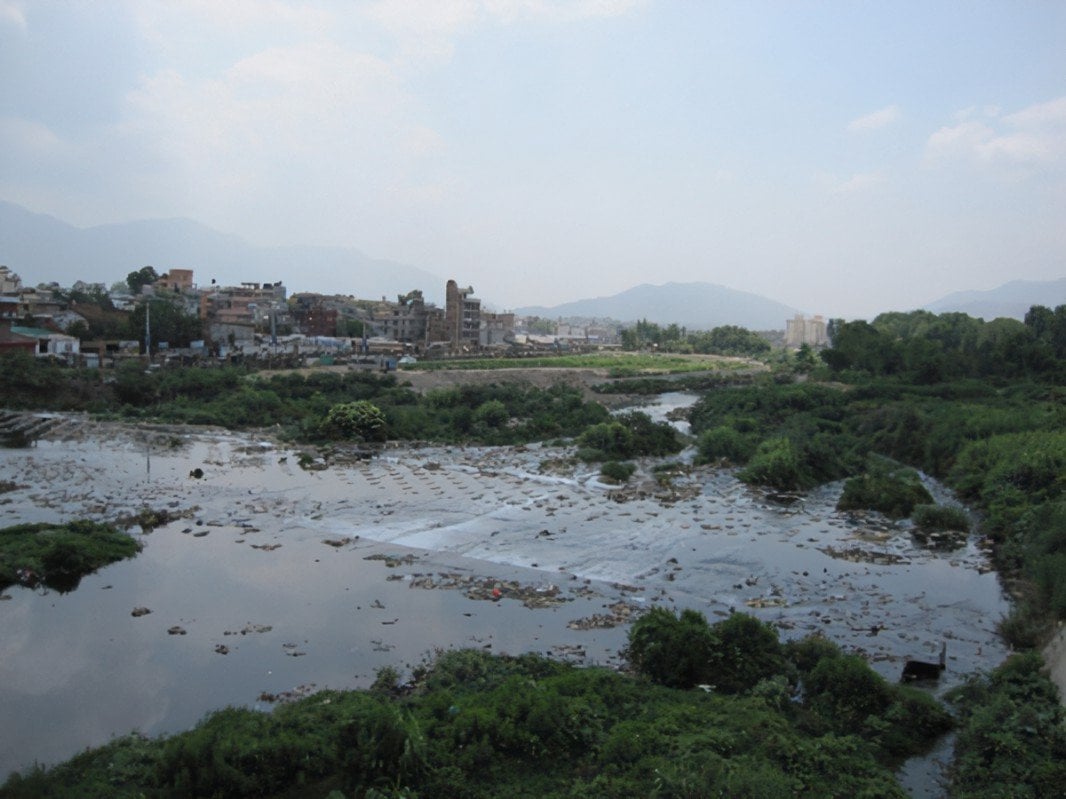
We all know that the Bagmati River inside the Kathmandu Valley is heavily polluted due to rapid population growth, mismanaged urbanization, and haphazard waste disposal into the river. Mixing of untreated domestic and industrial wastewater into the river, supported by the poor waste-dumping habit of people has been a major problem in the management of the Bagmati. What has the official response been?
Kathmandu Upatyeka Khanepani Limited (KUKL) has initiated a wastewater treatment plant at Guheshwori, next to Bagmati River since 2002 AD. Conceptualized in 2013, the Guheshwori Wastewater Treatment Plant has been expanded into a bigger and more advanced water treatment plant under the project 'Rehabilitation and Expansion Wastewater Treatment Plant'. The expansion project started in 2016 and finally ended in 2020. Previously, the Plant treated about 12 million liters of waste on a daily basis. Now, the expanded wastewater system collects about 32.4 million liters of sewage waste daily. However, any significant change in the water conditions isn’t noticeable as merely 25 percent of the sewage water is treated and mixed back into the polluted river. Over 95 percent of raw sewage used to flow into Kathmandu Rivers. The target set by the government to make Bagmati "sewage-free by 2020" has been laughable. The color of the river water is still brown to black in most parts of the valley, especially in the dry season.
Rivers like Bagmati, originating from below the snow line are fed by groundwater including springs. Rainwater plays the primary role in supplying water to the surface water bodies as a small portion of it eventually becomes groundwater-feeding springs while most will run off the land surface to become part of a stream, lake, or other bodies of water. River water quality is largely influenced by stream flow conditions. High levels of river discharge promote natural cleansing and dilute river pollution. In 2003 AD, areas around the Bagmati River were surrounded by farmlands almost completely and those free surfaces acted as percolation areas; a natural collection system of runoff water, adding to the groundwater system supplying the Bagmati River. The pathways for surface rainwater runoff to flow into the river were also rather clear. This has a substantial effect on controlling the quality of water in the Bagmati River. Coming in the year 2022, the concrete jungle constructed around the area leaves no room for the percolation of rainwater runoff hence hampering the water supply chain of the river. The haphazard drainage system also disrupts the downpour from reaching the river system. This has had a dreadful impact on the quality of river water and the aquatic life and river ecosystem it sustains. The Bagmati problem cannot be solved without considering these factors.
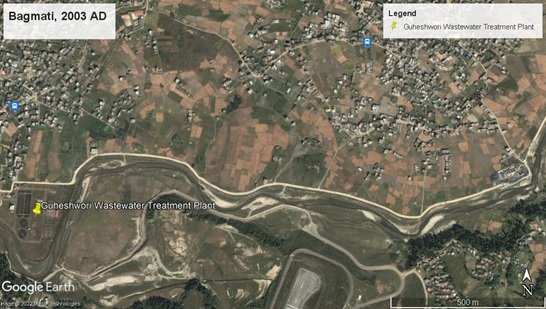
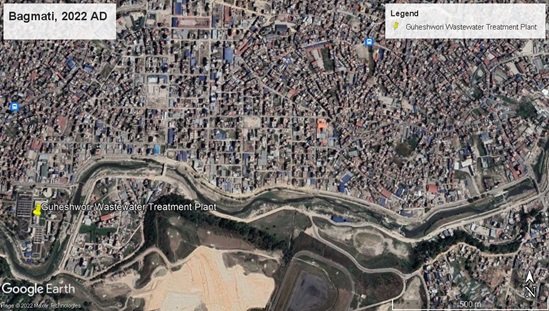
A total of 5 wastewater treatment plants have been running next to Bagmati River and its tributaries inside Kathmandu Valley at the locations Dhobighat, Kodku, Sallaghari, Hanumanghat, and Guheshwori using various types of technologies. Just as technology often develops because there is a need for it, science helps solve the needs of society. If all the wastewater treatment plants are advanced and expanded, and proper drainage system in the urban areas is developed to prevent sewage from mixing into the river and to maintain the stream flow, is Bagmati really hopeless?


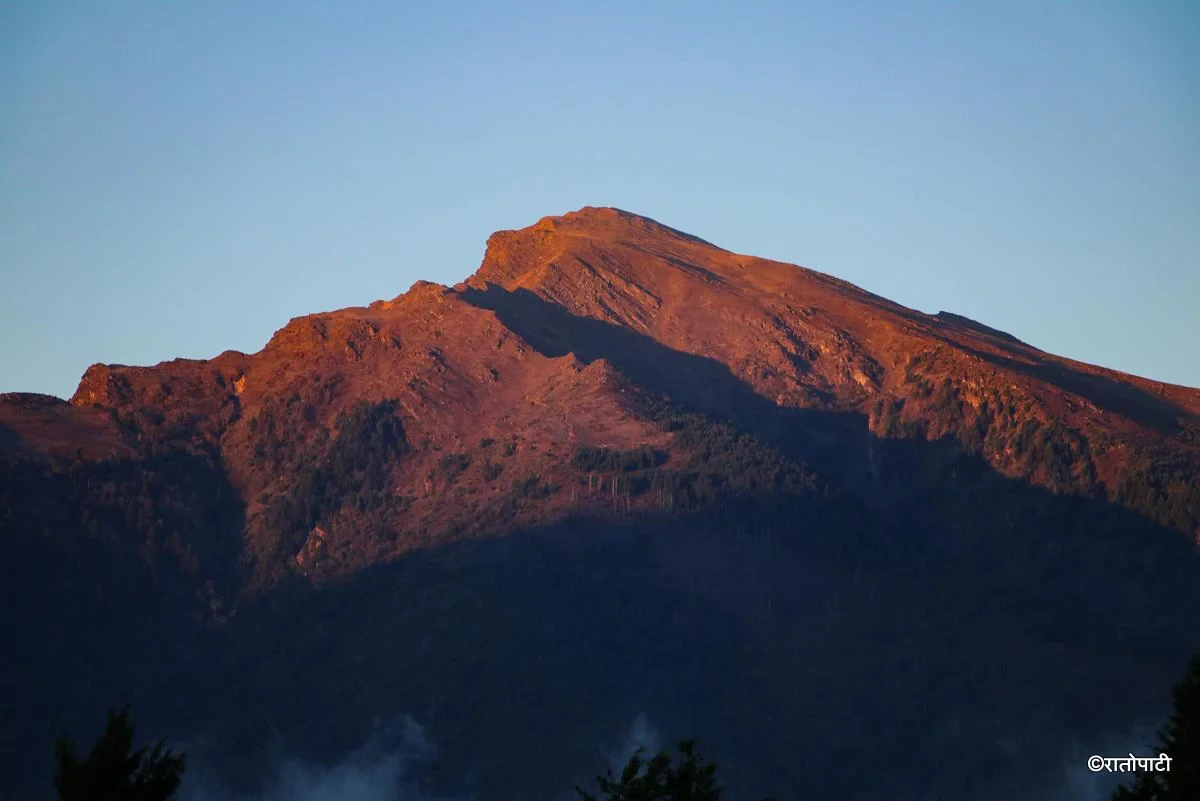




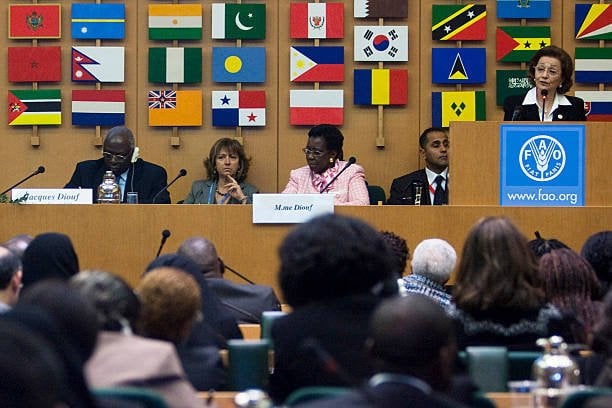
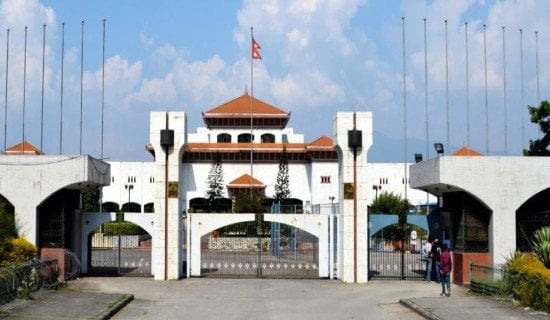

Leave Comment